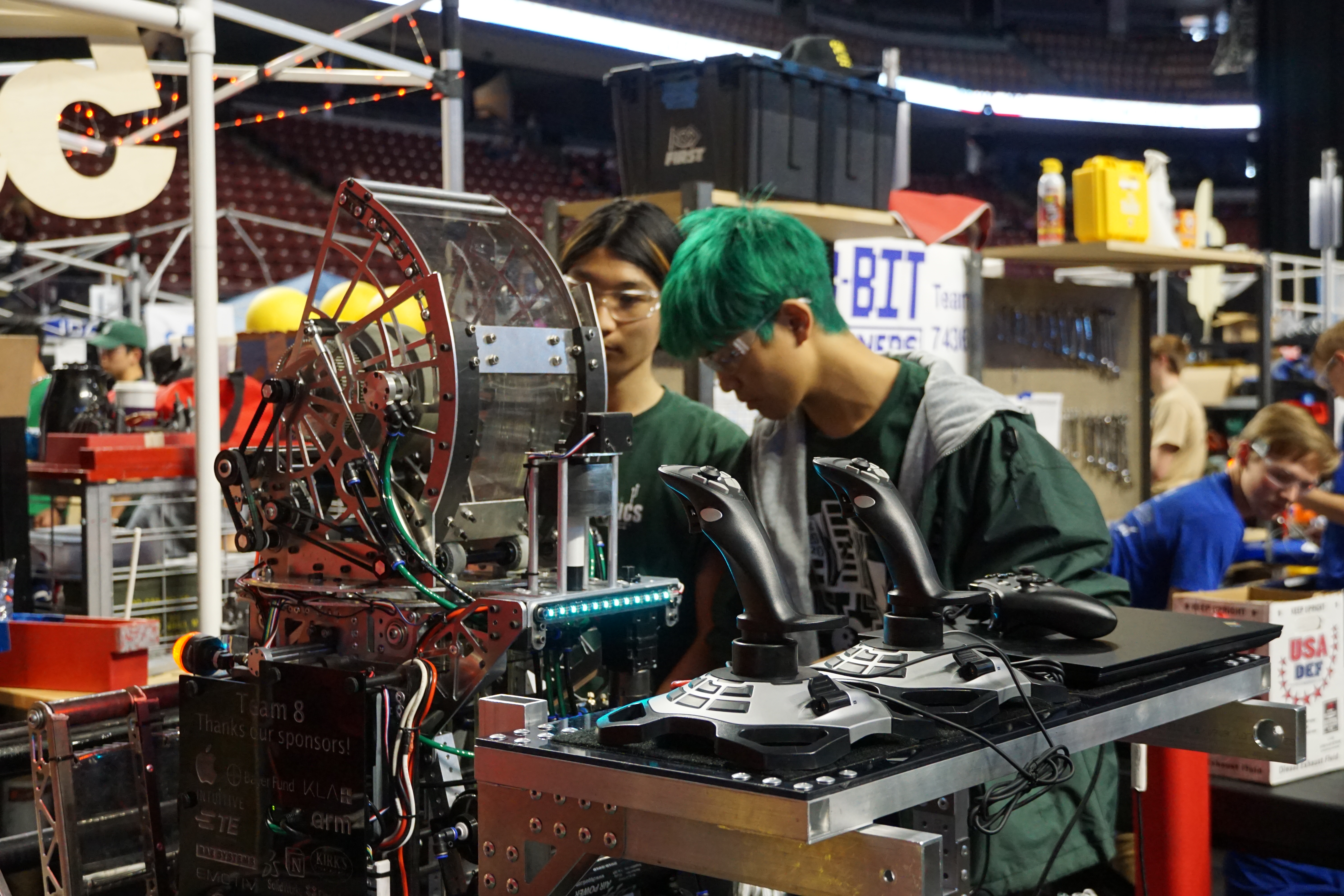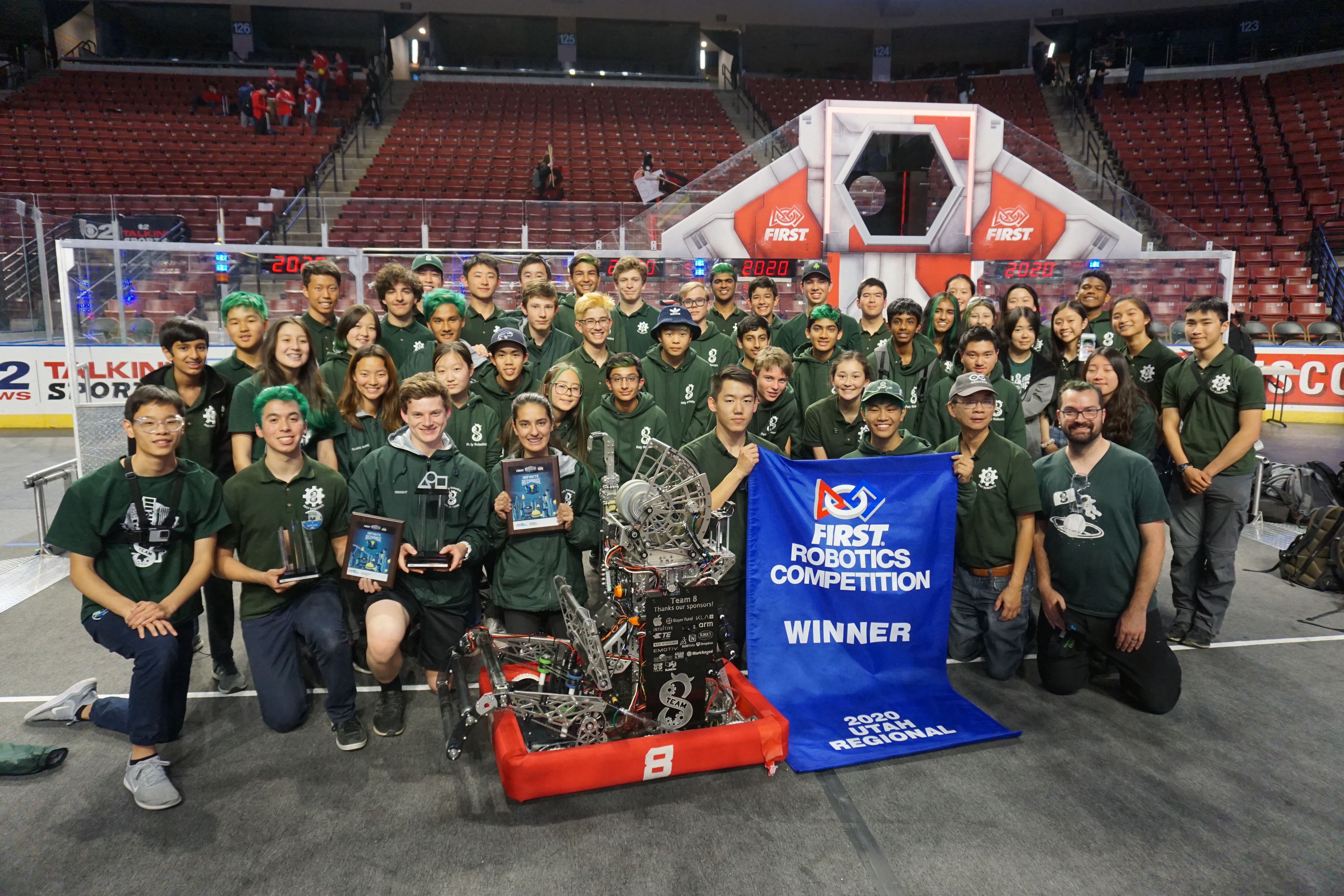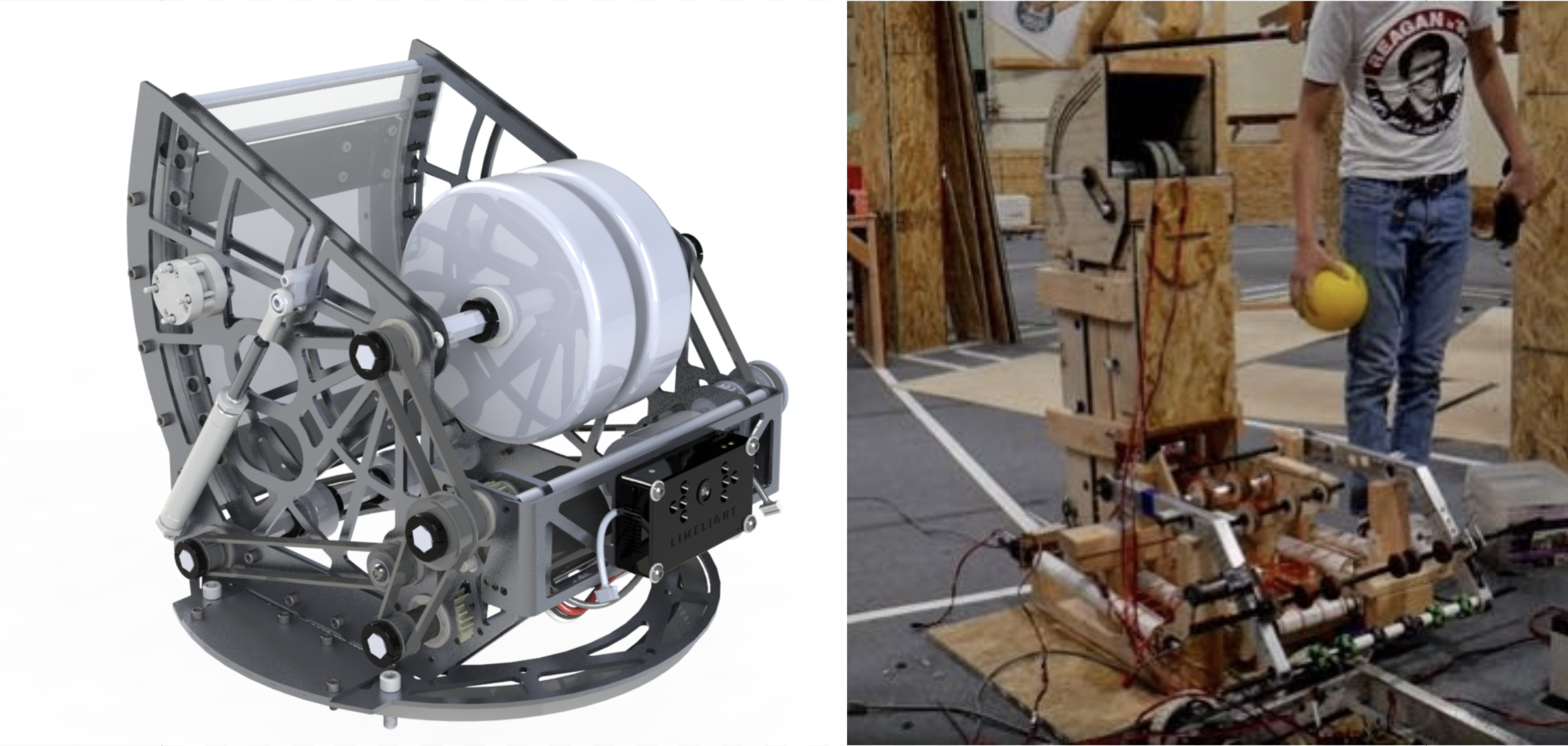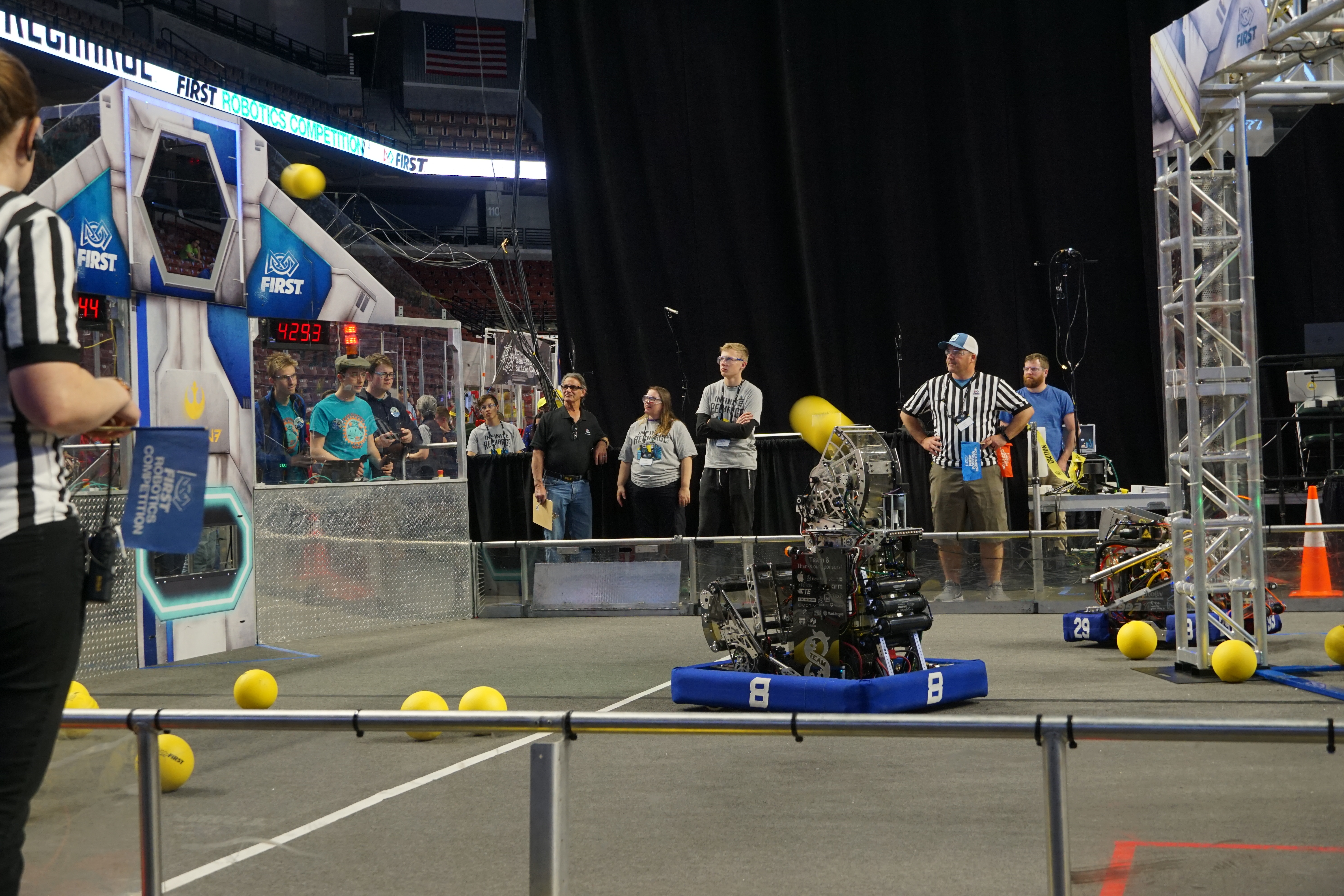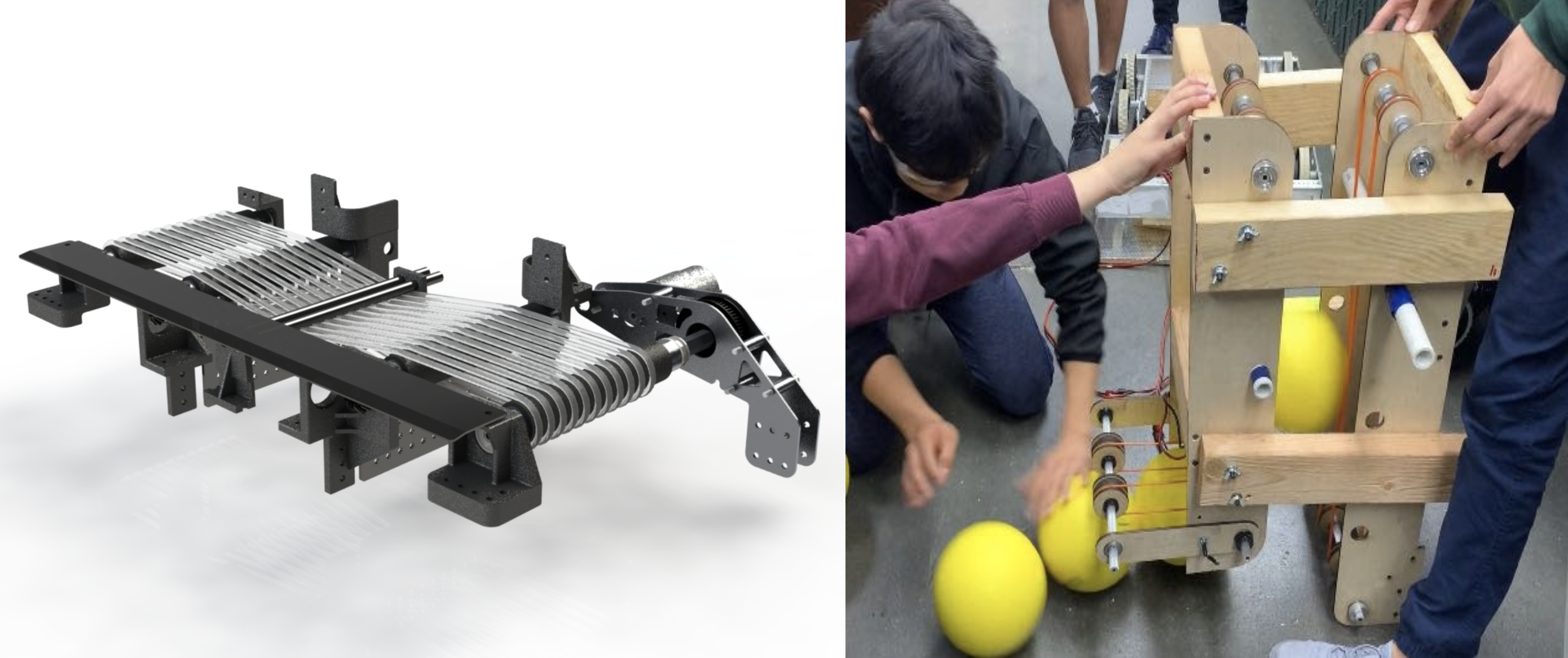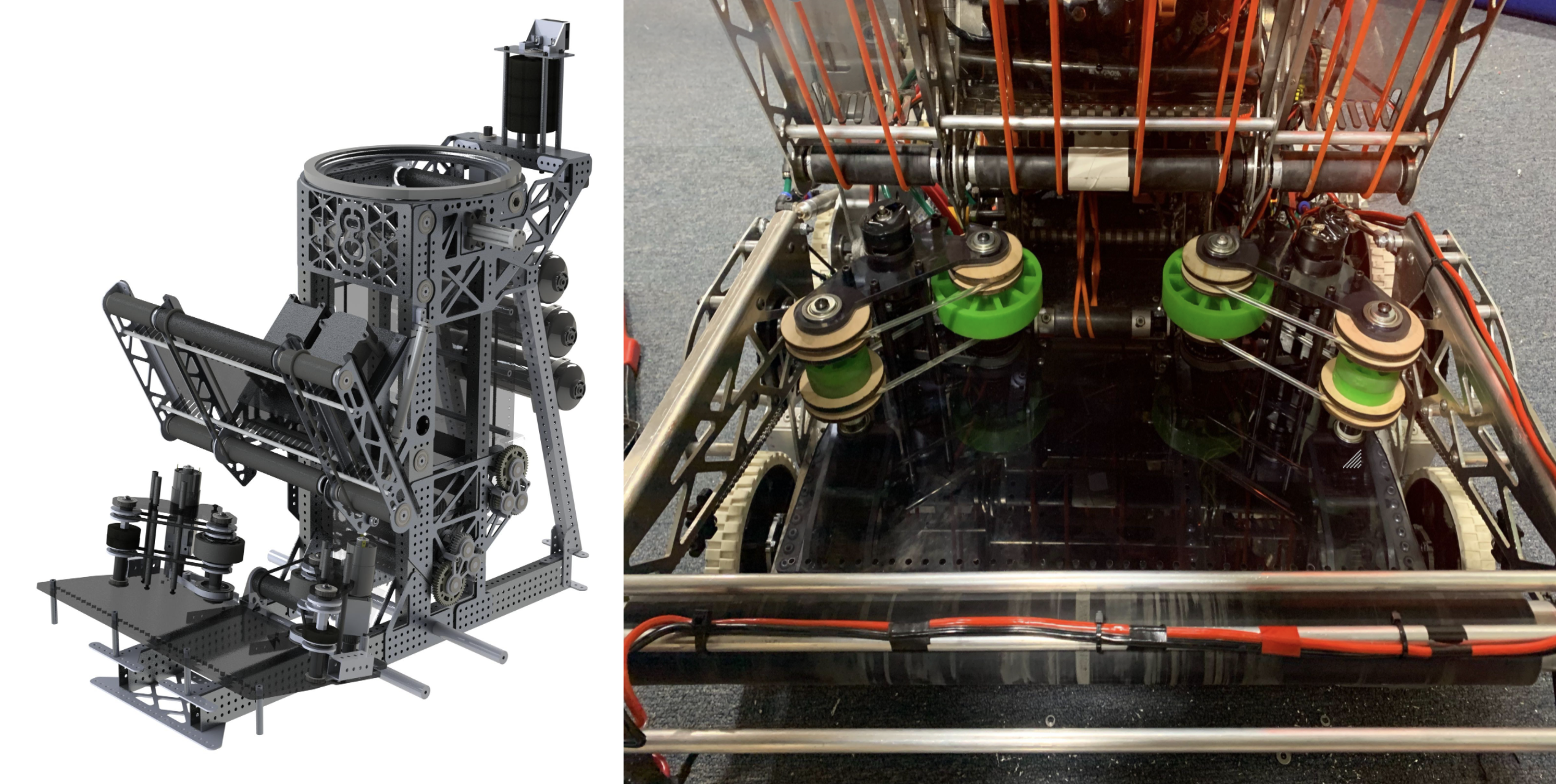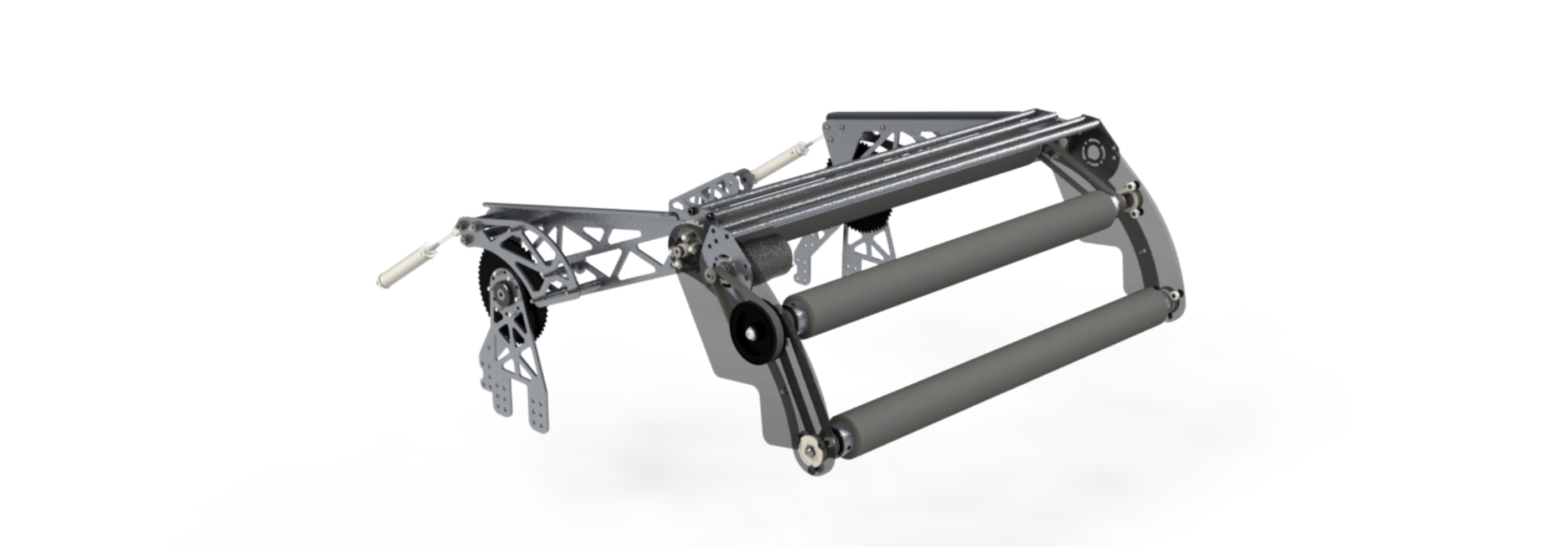Paly Robotics FRC#8
Aug 2016-June 2020
Robotics has been the most exciting adventure and team experience of my life. It was an environment where everyone around me was highly skilled, compassionate, and most importantly motivated to achieve our common goal of building the best robot possible. As a part of a team like that, there was nothing I felt we couldn’t achieve.
It was here I learned almost all of my machining, manufacturing, rapid prototyping, and design knowledge — by doing, failing, and trying again.
